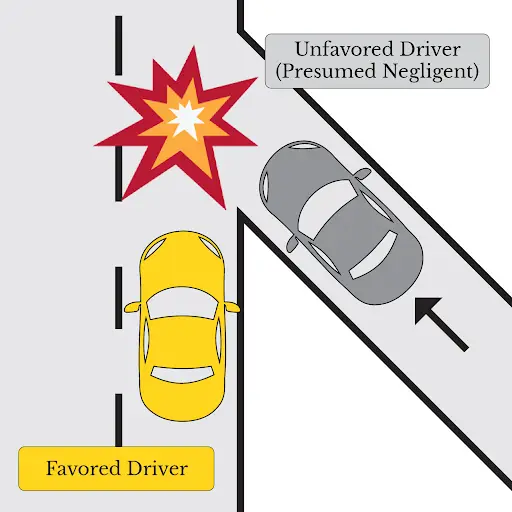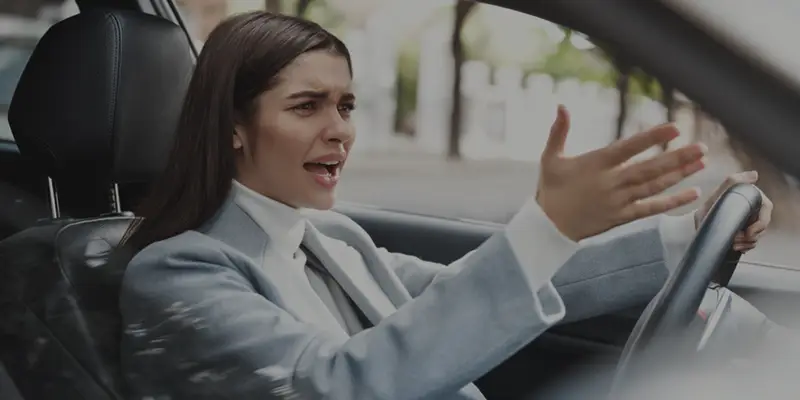Maryland Boulevard Rule Explained
Table of Contents
Maryland has a boulevard rule that applies in determining who is at fault when traffic accidents occur at an intersection. The boulevard rule requires that a vehicle entering a main road from a smaller road, parking lot or alley, must yield to all traffic on the main road. It also requires the driver entering the main road or “boulevard” to wait until there is enough room to safely merge and get up to speed before entering the boulevard.
According to the Court of Special Appeals of Maryland, the boulevard rule applies to vehicles other than automobiles, such as tractors, bicycles, and skateboards.
Favored Driver vs. Unfavored Driver
Under the boulevard rule, the driver on the main road is sometimes called the “favored” driver, and the driver on the side road is referred to as the “unfavored” driver. The boulevard rule creates a presumption that in a motor vehicle crash that the unfavored driver was at fault and the favored driver was not at fault. The rule gives a preference to drivers already driving on a roadway over those entering or crossing the roadway. This makes it possible to drive on the highway without having to slow down for every intersection or entrance.

The favored driver has the right to assume that an unfavored driver will stop and yield the right of way. Thus, a favored driver is not required to stop or slow down at the intersection. In most circumstances, a favored driver’s speed or straddling of the center line will not be sufficient to be deemed the proximate cause of a crash, but in a few cases, it has been held for the jury to decide whether excessive speed was the cause of a crash.
For practical circumstances, the boulevard rule means that a driver who pulls out into traffic and is struck is presumed negligent. If the driver is hit by a vehicle on the boulevard, even if the boulevard vehicle’s driver was speeding, the driver pulling out cannot recover.
Purpose of the Boulevard Rule
The purpose of the boulevard rule is to promote the free flow of traffic and ensure the safety of motorists. The boulevard rule, however, is not absolute. The boulevard rule will not provide a defense if the favored driver was driving unlawfully, and the unlawful behavior was the proximate cause of the accident.
Involved in a Maryland Intersection Collision? Get Help Now.
Feeling confused about who’s to blame after a Maryland intersection accident? Did you strike a car that failed to yield? Medical bills and car repairs can add stress to an already difficult situation.Baldwin Briscoe & Steinmetz can help. Our Maryland accident lawyers understand the intricacies of the boulevard rule. We’ll analyze the details of your case to determine if the other driver’s negligence caused your accident. Schedule a free consultation today to discuss your options. Don’t wait – let Baldwin Briscoe & Steinmetz fight for fair compensation.
